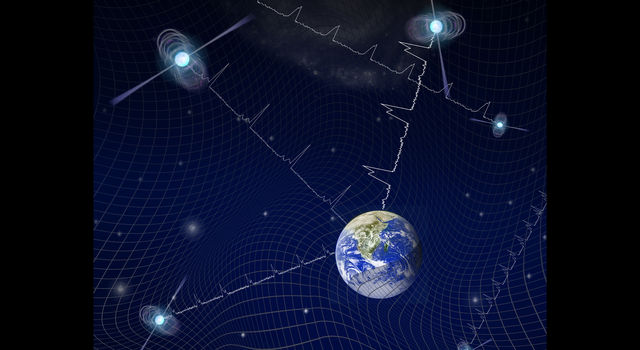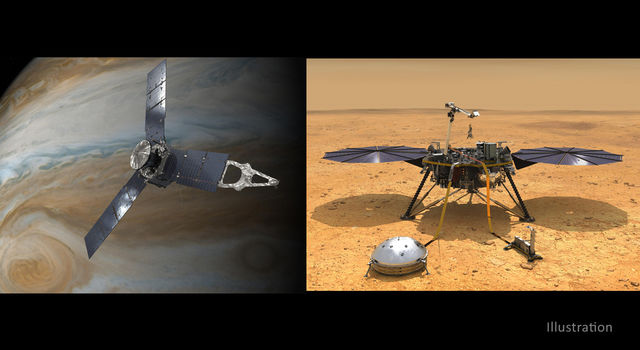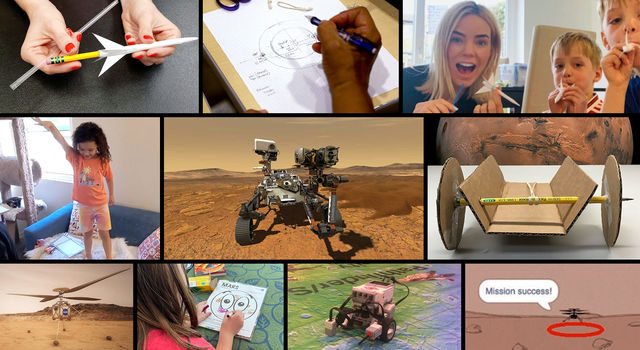Blogs | Rocks and Stars with Amy | November 12, 2008
Sizing Up Near-Earth Asteroids
Asteroids. The word conjures images of pitted rocks zooming through space, the cratered surfaces of planets and moons, and for some, memories of a primitive video game. Just how hazardous are these nearest neighbors of ours? We think that one contributed to the extinction of the dinosaurs, giving rise to the age of mammals. How likely is this to happen again?
The Wide-field Infrared Explorer (WISE) mission, an infrared telescope launching in about a year, will observe hundreds of near-Earth asteroids, offering unique insights into this question. The risk posed by hazardous asteroids is critically dependent on how many there are of different sizes. We know that there are more small asteroids than large ones, but how many more, and what are they made of?
Asteroids reflect sunlight (about half of which is the visible light that humans see), but the sun also warms them up, making them glow brightly in infrared light. The problem with observing asteroids in visible light alone is that it is difficult to distinguish between asteroids that are small and highly reflective, or large and dark. Both types of objects, when seen as distant points of light, can appear equally bright in visible light. However, by using infrared light to observe asteroids, we obtain a much more accurate measurement of their size. This is because the infrared light given off by most asteroids doesn’t depend strongly on reflectivity.
WISE will give us a much more accurate understanding of how many near-Earth asteroids there are of different sizes, allowing astronomers to better assess the hazard posed by asteroids. The danger posed by a near-Earth asteroid depends not only on its size, but also on its composition. An asteroid made of dense metals is more dangerous than one of the same size made mostly of less dense silicates. By combining infrared and visible measurements, we can determine how reflective the asteroids are, which gives us some indication of their composition.
TAGS:WISE, ASTEROIDS & COMETS, SPACECRAFT, MISSION, UNIVERSE







